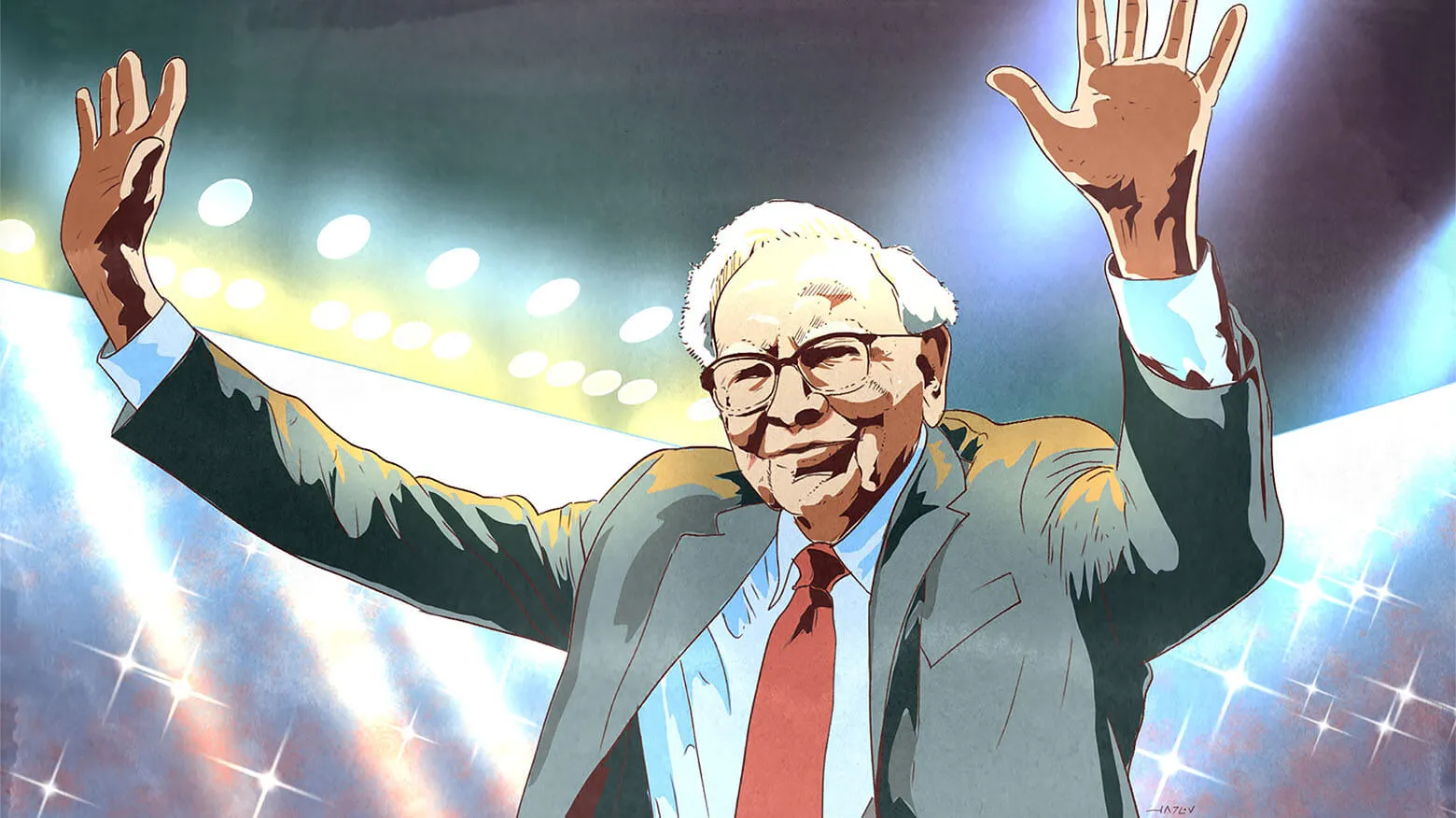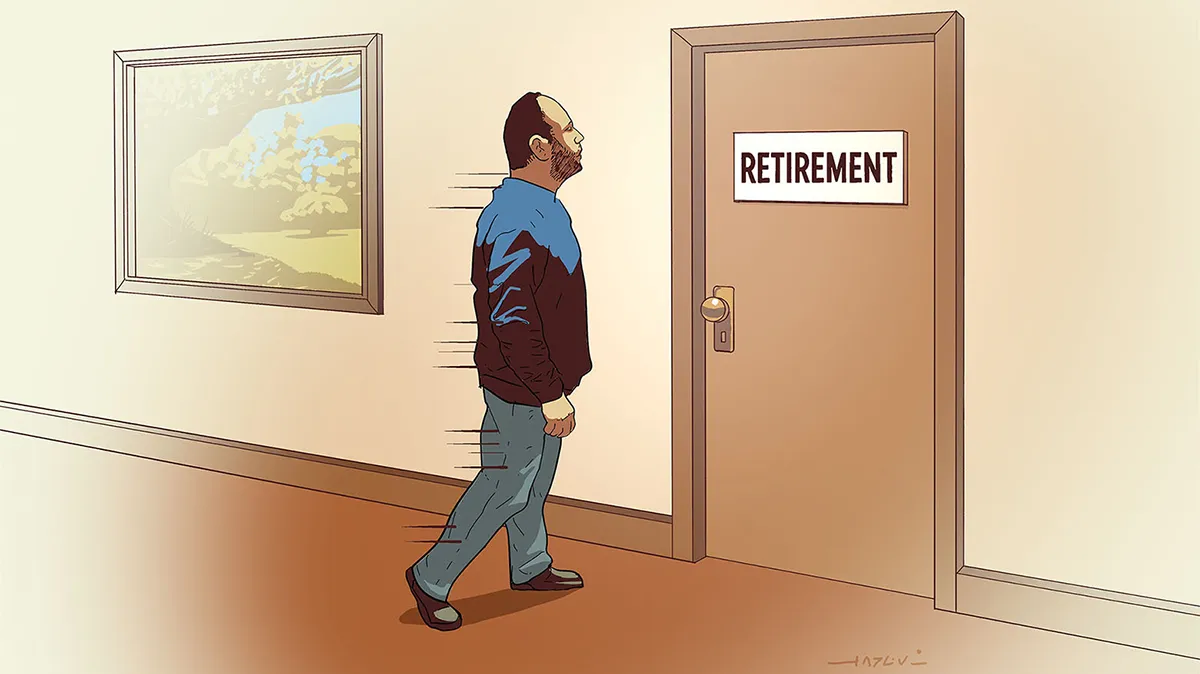Reader asked me a question about Joseph A. Bank’s profit margins, as a follow up to my early JOSB analysis.
Vitaliy,
Thanks for your thoughts on Jos. A. Banks (JOSB). In you book, Active Value Investing, you speak about the reversion to the mean in net profit margins. JOSB’s net profit margins have grown from under 1% in 2000 to its current high of 8.3% in 2008, with a mean of 4.9%. Men’s Wearhouse (MW), a close competitor, saw its net profit margin peak at 7.9% in 2007; it’s since fallen to its recent levels of 4.5%. And Ann Taylor (ANN) a women’s specialty retailer, also saw its net profit margins peak at 6.1% in 2007 and fall to its current level of 3.7%.
I’m not suggesting that either Men’s Wearhouse or Ann Taylor is a better investment because they have lower net profit margins. In fact — full disclosure — JOSB is one of the core holdings in my portfolio. I just believe we could easily see JOSB’s net profit margin revert back to its mean of 4.9%, leading to range-bound trading ($20 – $30) until then.
In the meantime, I’ve been selling calls against my JOSB position to help me pass the time. The 92% short interest has helped keep the implied volatility artificially high. Just wanted to get your thoughts.
Barry
Dear Barry,
You’re making an excellent point. When I bought the stock, I was looking for margins to expand above where they are today; now, I don’ t have that expectation. But JOSB’s stores have sales per square foot of roughly $330 – much less than Men’s Wearhouse’s $480.
The main difference is store maturity – or immaturity, to be precise. Half of JOSB stores are less than 5 years old. As stores mature, operational leverage kicks in (rent and sales expenses remain the same while sales rise), and margins expand. We saw it happen this quarter: G&A expenses were down 40 basis points.
Of course, operational leverage works both ways, and a decline in sales will trigger a decline in margins. A slowdown in the economy will therefore negate some of the gains in margins that I expected – but there’s a good chance that margins will hold up.
Also remember that our economy’s been slowing down for a while now, but JOSB was still able to kick in incredible numbers. So how is JOSB different from a firm like Caterpillar (CAT), or another “stuff” stock that will likely see its margins contract in the not-so-distant future?
Stuff stocks are operating in an abnormally favorable environment, where demand for their product is driven by superfast (unsustainable, at least in the intermediate run) growth in China and the rest of the developing world. Over the last 2 years, JOSB was operating in this benign environment.
Would its earnings decline if our economy went into a tailspin? Very likely, but their margins today are normal – actually, lower than normal. Plus, even if you take margins down a bit, the stock is still cheap.
Vitaliy









0 comments